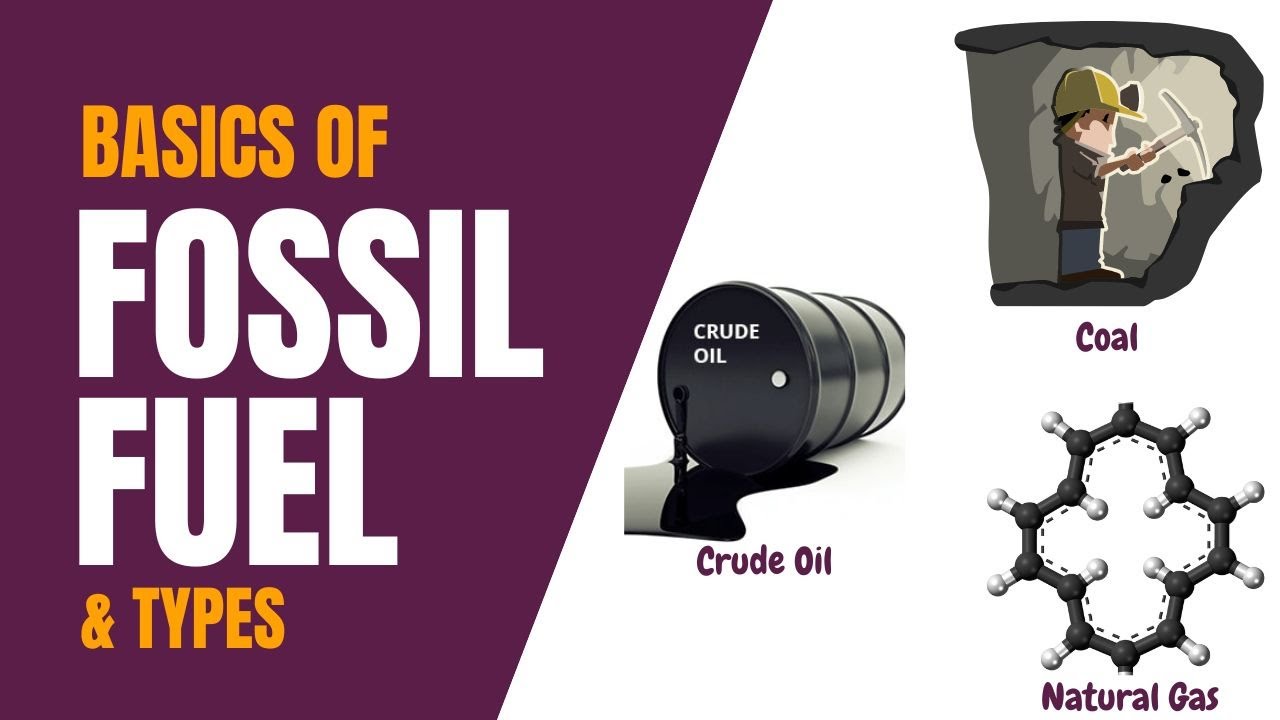Proses Dan Tahapan Eksplorasi & Eksploitasi MIGAS
Summary
TLDRThis video delves into the process of oil and gas formation, exploration, and processing. It begins by explaining how oil and gas are formed over millions of years from plant and animal microorganisms, influenced by high temperatures and pressures. The video covers the exploration process, from geological mapping to seismic surveys and drilling. It then explains the extraction, transportation, and refining processes, including fractional distillation, cracking, reforming, alkylation, and blending. Finally, it highlights the various refined products like gasoline, kerosene, diesel, and LPG, essential for daily use, illustrating the complex journey of crude oil from the ground to usable materials.
Takeaways
- 😀 Oil and gas are energy sources formed from the weathering of animal and plant microorganisms over millions of years.
- 😀 The formation of oil and gas involves high temperatures, pressure, and the decomposition of microorganisms by anaerobic bacteria.
- 😀 Exploration is crucial to identify areas with significant oil and gas reserves and involves geological mapping, geophysical surveys, and drilling.
- 😀 The exploration process helps reduce risks such as material losses, accidents, and environmental damage.
- 😀 Drilling involves creating a physical barrier between fresh water and drilling materials to protect aquifers.
- 😀 Once drilling reaches the target depth, a casing is inserted to secure the well before production begins.
- 😀 Crude oil extracted from wells must be transported to refineries, often through pipelines, tankers, trains, or trucks.
- 😀 In the refinery, crude oil undergoes fractional distillation, separating it into components like gasoline, kerosene, diesel, and asphalt.
- 😀 Cracking is a petroleum processing technique used to break large hydrocarbon molecules into smaller ones.
- 😀 Reforming alters the molecular structure of lower-quality fractions to improve their quality, often through catalysts or heat.
- 😀 The alkylation and polymerization processes further improve petroleum fractions by adding atoms to molecules or combining smaller molecules into larger ones.
- 😀 The treating process eliminates impurities like sulfur and undesirable odors to increase the quality of the final petroleum products.
- 😀 Blending is the final step in the refining process, where additives like TEL (tetraethyl lead) improve the octane number of gasoline and enhance product quality.
Q & A
What is the primary source of oil and gas formation?
-Oil and gas are formed from the decomposition of animal and plant microorganisms over millions of years under high temperatures and pressure.
How does anaerobic bacteria contribute to oil and gas formation?
-Anaerobic bacteria decompose the remains of animal and plant microorganisms, converting them into energy stored in porous rocks, which can later be extracted.
What is the purpose of exploration in the oil and gas industry?
-The purpose of exploration is to gather data and information about the existence of petroleum, reducing the risk of failure, material losses, work accidents, and environmental damage.
What are the main methods used in the exploration phase?
-The main methods used in exploration include geological mapping, geophysical surveys, seismic surveys, and exploration drilling.
What role does geological mapping play in the exploration process?
-Geological mapping involves creating surface and subsurface maps that help identify potential areas containing oil and gas reserves.
What is the purpose of the drilling process in oil and gas extraction?
-Drilling is carried out to create a well, allowing access to the hydrocarbons beneath the surface. It also provides confirmation of the existence of oil and gas reserves.
How does the casing and cementing process protect freshwater aquifers during drilling?
-A steel pipe is inserted into the well, and cement is pumped around it to create a barrier that prevents contamination of freshwater aquifers from the drilling fluids.
What is fractional distillation, and why is it important in the oil refinery process?
-Fractional distillation is a process that separates the components of crude oil based on their boiling points. It is essential to isolate different fractions like gasoline, kerosene, and diesel for further processing.
What is the cracking process, and why is it necessary in oil refining?
-Cracking is a process that breaks down large hydrocarbon molecules into smaller ones to improve the quality and yield of valuable petroleum products like gasoline and diesel.
What is the final product of the oil refining process, and how is it used?
-The final products include LPG, gasoline, kerosene, and diesel, which are used for various applications such as cooking, vehicle fuel, lighting, and fueling diesel engines.
Outlines

This section is available to paid users only. Please upgrade to access this part.
Upgrade NowMindmap

This section is available to paid users only. Please upgrade to access this part.
Upgrade NowKeywords

This section is available to paid users only. Please upgrade to access this part.
Upgrade NowHighlights

This section is available to paid users only. Please upgrade to access this part.
Upgrade NowTranscripts

This section is available to paid users only. Please upgrade to access this part.
Upgrade NowBrowse More Related Video

Industria Petrolera: Exploración y Producción de Petróleo

Kuliah Online - Basic Petroleum System & BATUAN INDUK (Source Rock)

Sistem Teknologi Migas & EBT 02

Teknologi Seismik Refleksi Yang Digunakan Untuk Ekplorasi Minyak dan Gas Bumi

Fossil Fuel Basics and Types | Simple Science

เปิดโลกปิโตรเลียม EP.1 กำเนิดปิโตรเลียม
5.0 / 5 (0 votes)